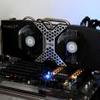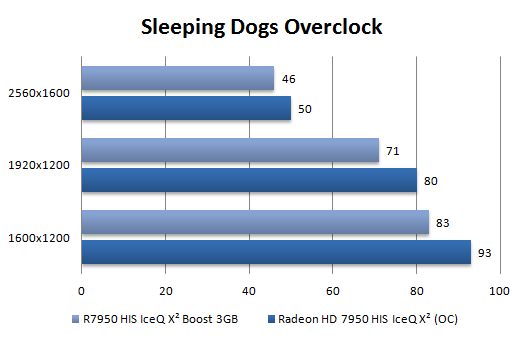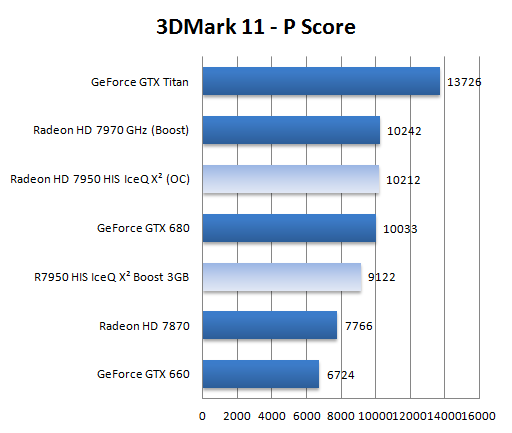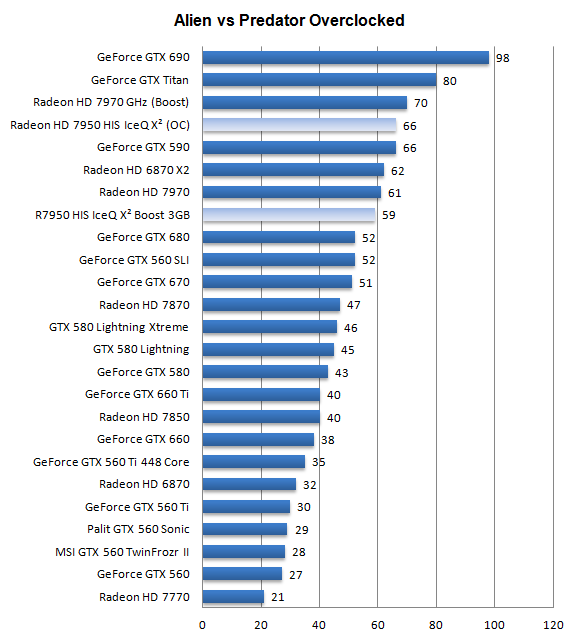Overclocking the graphics card
Overclocking the graphics card
As most of you know, with most video cards you can apply a simple series of tricks to boost the overall performance a little. Typically you can tweak on core clock frequencies and voltages.
What do we need?
One of the best tools for overclocking NVIDIA and ATI videocards is our own AfterBurner which will work with 90% of the graphics cards out there. We can really recommend it, download here.
Where should we go?
Overclocking: By increasing the frequency of the videocard's memory and GPU, we can make the videocard increase its calculation clock cycles per second. It sounds hard, but it really can be done in less than a few minutes. I always tend to recommend to novice users and beginners, to not increase the frequency any higher than 5% on the core and memory clock. Example: If your card runs at 600 MHz (which is pretty common these days) then I suggest that you don't increase the frequency any higher than 30 to 50 MHz.
More advanced users push the frequency often way higher. Usually when your 3D graphics start to show artifacts such as white dots ("snow"), you should back down 10-15 MHz and leave it at that. Usually when you are overclocking too hard, it'll start to show artifacts, empty polygons or it will even freeze. Carefully find that limit and then back down at least 20 MHz from the moment you notice an artifact. Look carefully and observe well. I really wouldn't know why you need to overclock today's tested card anyway, but we'll still show it.
All in all... do it at your own risk.
| Original | This sample | Overclocked |
| Core Clock: 800/925MHz | Core Clock: 950MHz | Core Clock: 1150MHz |
| Boost Clock: 800/925MHz | Boost Clock: 950MHz | Boost Clock: 1150MHz |
| Memory Clock: 5000MHz | Memory Clock: 5000MHz | Memory Clock: 5400MHz |
The HIS R7950 is really fun to tweak and play with and you will not be disappointed by the results. Coming from a reference 800 MHz, towards 950 MHz factory overclocked is already nice. The reality is that we had it rrunning stable at 1150 MHz with just a few tweaks:
You can use any tweak utility of preference of course, I'm just very handy with AfterBurner hence I use it all the time. But here's what you need to do:
- Increase power limiter towards 120%
- Set Voltage at 1250 mV
- Increase core clock frequency to 1150 MHz
- Fix fan RPM at 40% (slightly more noisy)
- And alternatively set your memory clock a bit higher at say 1350 MHz.
Above, Sleeping Dogs, same maxed out image quality settings as before yet now with added overclock results. DX11 High Quality mode in-game AA enabled in-game AF enabled. As you can see that's free extra performance.
Above, 3DMark 11. There is an additional bump in this fairly GPU limited software. The intersting thing is that once overclocked this 275 EUR card performs roughly at R7970 GHz edition performance.
And to reconfirm that, here's Aliens vs Predator, you'll agree with me that this is fairly impressive.




